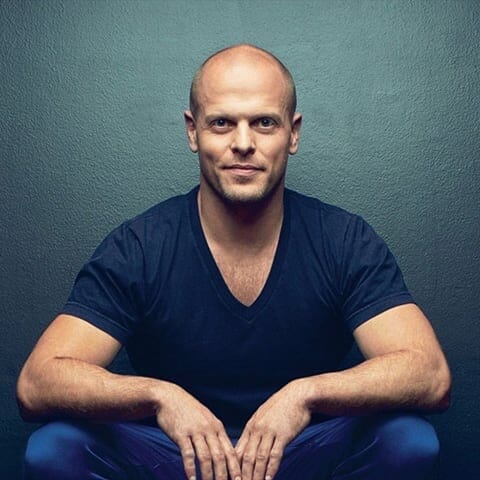 author
authorWilliam Daniel Hillis
William Daniel "Danny" Hillis (born September 25, 1956) is an American inventor, entrepreneur, and computer scientist, who pioneered parallel computers and their use in artificial intelligence. He founded Thinking Machines Corporation, a parallel supercomputer manufacturer, and subsequently was Vice President of Research and Disney Fellow at Walt Disney Imagineering.
Hillis was elected a member of the National Academy of Engineering in 2001 for advances in parallel computers, parallel software, and parallel storage. More recently, Hillis co-founded Applied Minds, and Applied Invention, an interdisciplinary group of engineers, scientists, and artists. He is a visiting professor at the MIT Media Lab.
Born September 25, 1956, in Baltimore, Maryland, Danny Hillis spent much of his childhood living overseas, in Europe, Africa, and Asia. He attended the Massachusetts Institute of Technology (MIT) and received his bachelor of science in mathematics in 1978. As an undergraduate, he worked at the MIT Logo Laboratory under Seymour Papert, developing computer hardware and software for children.
During this time, he also designed computer-oriented toys and games for the Milton Bradley Company. While still in college, he co-founded Terrapin Inc., a producer of computer software, including Logo, for elementary schools. As a graduate student at the MIT Computer Science and Artificial Intelligence Laboratory, Hillis designed tendon-controlled robot arms and a touch-sensitive robot "skin".
During his college years, Hillis was part of the team that built a computer composed entirely of Tinkertoys, currently at the Computer History Museum in Mountain View, California. At MIT, Hillis began to study Artificial Intelligence under Marvin Minsky. In 1981, he proposed building a massively parallel computer for Artificial Intelligence, consisting of a million processors, each similar to a modern Graphics Processing Unit.
This work culminated in the design of a massively parallel computer with 64,000 processors. He named it the Connection Machine, and it became the topic of his PhD, for which he received the 1985 Association for Computing Machinery Doctoral Dissertation award. Hillis earned his doctorate as a Hertz Foundation Fellow at the Massachusetts Institute of Technology, under the supervision of Marvin Minsky, Claude Shannon and Gerald Sussman, receiving his PhD in 1988. He later served as an adjunct professor at the MIT Media Lab, where he wrote The Pattern on the Stone.
Hillis has founded a number of technology companies, including Thinking Machines Corporation, Applied Minds, Metaweb Technologies, Applied Proteomics, and Applied Invention. Hillis has over 300 issued patents in fields including parallel computers, touch interfaces, disk arrays, forgery prevention methods, electronic and mechanical devices, and bio-medical techniques, RAID disk arrays, multicore multiprocessors and for wormhole routing in parallel processing.
As a graduate student at MIT, Hillis co-founded Thinking Machine Corporation to produce and market parallel computers, developing a series of influential products called the Connection Machine.[18] At the time the company produced many of the fastest computers in the world. The Connection Machine was used in demanding computation and data-intensive applications.
It was used by the Stanford Exploration Project for oil exploration and for pioneering data mining applications by American Express, as well as many scientific applications at organizations including Schlumberger, Harvard University, University of Tokyo, the Los Alamos National Laboratory, NASA, Sandia National Laboratories, National Center for Supercomputer Applications, Army High Performance Computing Research Center, University of California Berkeley, University of Wisconsin at Madison, and Syracuse University.
In addition to designing the company's major products, Hillis worked closely with users of his machine, applying it to problems in astrophysics, aircraft design, financial analysis, genetics, computer graphics, medical imaging, image understanding, neurobiology, materials science, cryptography, and subatomic physics.
Best author’s book



Written books
1



















